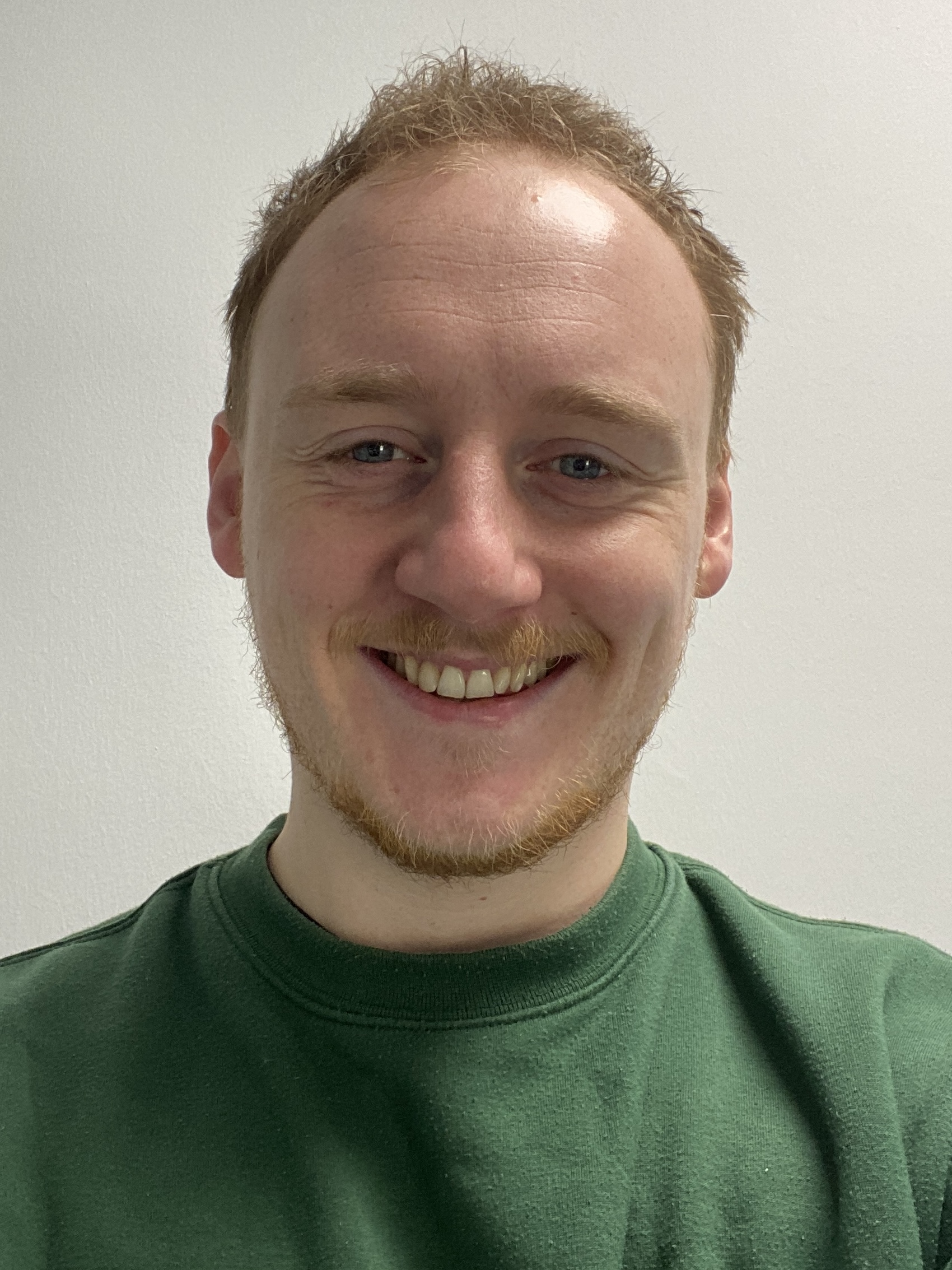Stratocaster vs Telecaster: What’s the difference between these legendary guitar siblings?
Two seminal guitars from the same manufacturer; what are their similarities and differences, and which is right for you?
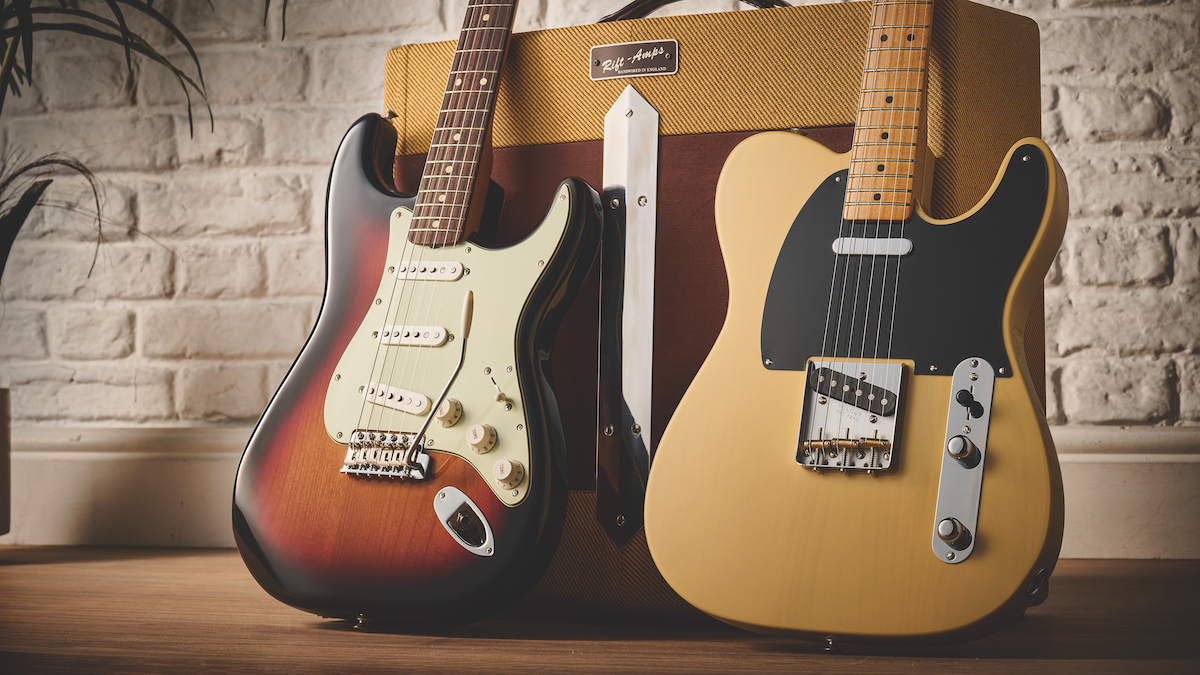
Fender’s Telecaster and Stratocaster are two of the world’s most legendary guitars, both born in the 50’s from – what was at the time – a small guitar manufacturer based on the West-Coast of the US. As Fender grew into the biggest guitar brand on the planet, the Tele and Strat also became industry stalwarts, gracing countless stages.
In most walks of life, products regularly need to innovate to stay relevant; this is not the case for the Tele and Strat, both of which – barring some minor evolution here and there – have retained their unique qualities that put them on the map all those years ago. Given they’ve remained so similar from conception to the present day, it’s easy to distinguish their key characteristics, including what separates them from each other.
For this feature we’ve gone into detail about the history, the players and the tones that set these two guitars apart. And if you’re in the market for a new Strat or Tele, we’ve highlighted some of our favorites with some expert buying advice towards the end of the article.
Stratocaster vs Telecaster: The History
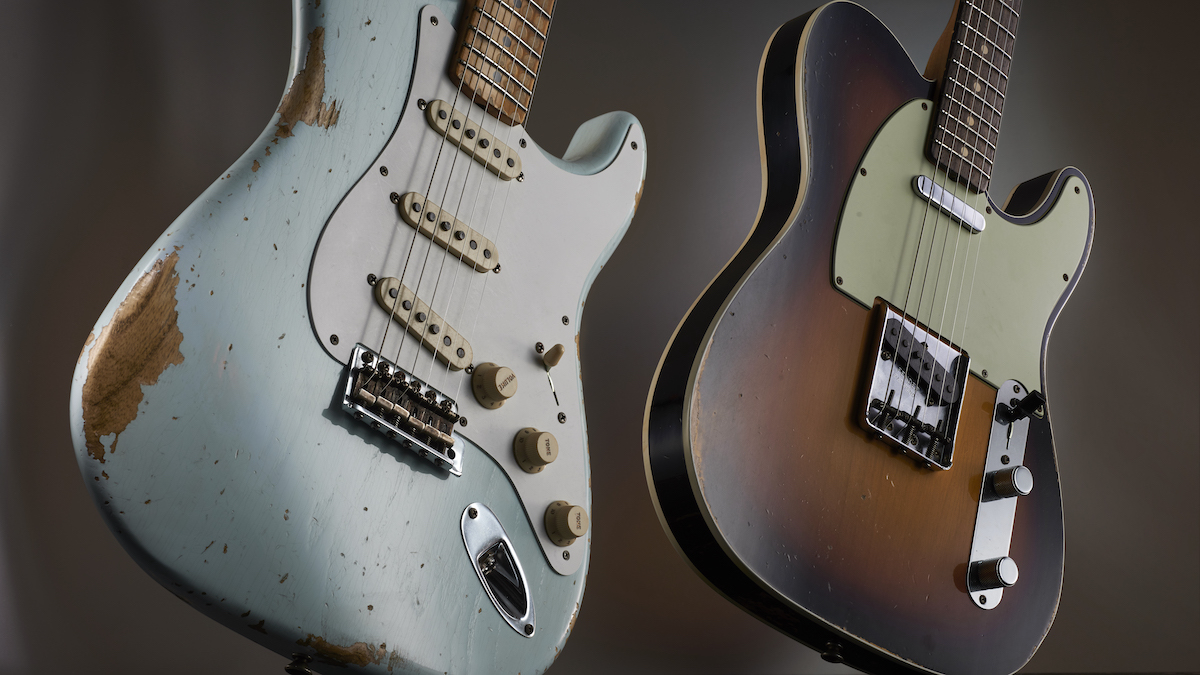
In many ways, the Telecaster is the godfather of every other mass-manufactured solid-body guitar on the market today. Arriving in 1951 – and not instantly adored by the masses – it was Western Swing players that first gravitated towards the guitar, taking several years until the Telecaster found its way to the genres it’s now synonymous with – country, and rock ‘n’ roll.
Coming to market three years after the Telecaster, the Stratocaster was born out of a sleek reinvention of Fender’s Precision Bass and designed as a more upmarket instrument to succeed the Telecaster and compete with the mighty Gibson Les Paul (released in 1952).
The Stratocaster added more tonal options than the Telecaster, with its additional pickup and switching, and had a contoured body, making it more comfortable to play.
By the end of the ‘50s, both had become mainstays of the music at the time, with rock ‘n’ roll moving away from the likes of piano and brass, towards the electric guitar. Both the Tele and Strat undoubtedly played a part in shaping the sound of the popular music that followed.
All the latest guitar news, interviews, lessons, reviews, deals and more, direct to your inbox!
Stratocaster vs Telecaster: The players

As guitars with around 70 years of use each, the list of users is near-endless, and the majority of well known players have dabbled with both, however there are some key themes and styles that often are aligned with each.
The Tele, with its brutish tone, found its way into the hands of the likes of Keith Richards and Jimmy Page, godfathers of rock whose riffing would define the genre. Strats on the other hand, whilst also more than comfortable in the realms of rock – just ask Pete Townshend – were often the choice of players who wanted something more nuanced. This is why players such as David Gilmour, Eric Clapton and Jeff Beck all typically used Stratocasters.
Modern players have followed suit: a player like John Mayer has clearly followed in the lineage of the likes of Clapton and Beck, utilizing a Strat for blues based playing. Tele users on the other hand range from the likes of Pixies’ Black Francis, and Radiohead’s Jonny Greenwood who have pushed the Tele’s tone into the realms of alt-rock, whereas artists like Jason Isbell take you all the way back to the roots of Telecasters, with country music.
Stratocaster vs Telecaster: Tones & sounds

The Telecaster – though capable of great subtlety – is perhaps deemed more as the grunty workhorse. Generally with higher output pickups, including a famously bitey bridge. It is easy to view the Telecaster as a simple slab of wood with two pickups in it – and you wouldn’t be far wrong – but the simple, solid design can lead to beautiful, musical sustain, whilst its traditionally higher output means even at higher volumes, you can retain clarity in your playing.
The biggest difference to get out of the way with the Stratocaster is that it has one extra pickup, which unlocks an entirely new set of tonal options. Though originally sold with a 3-way switch, versions from 1977 onwards came with a 5-way selector, giving the user the option to merge pickup sounds, creating unique blends that hadn’t been heard before; as well as hum-cancellation.
On the Strat’s neck pickup, you can achieve a woody sound, with a characteristic ‘bell’ that cuts, feels warm and organic, whilst the bridge pickup has a nasal quality, which plays well with distortion, though lacks the inherent ‘oomph’ of the Tele. The middle on the other hand, captures the best of both, featuring a great clarity, but with plenty of honk too – listen to John Mayer for some of the best examples of this in action.
Stratocaster vs Telecaster: Buying advice

The beauty for unsure buyers, is that these instruments are around 70 years old, so there are countless references to listen to, to make sure you are getting the right sound for you. Perhaps there is a certain record that you love the guitar tone of? With just a little bit of investigation, you may be able to find the exact model of Strat or Tele that was used, and look for modern day equivalents or reissues.
With such legendary instruments there are countless copies, too – or perhaps that should be ‘homages’ – to both Strats and Teles. In fact, most players start with a knock-off version of one of these as their first electric guitar. Whilst many companies make sensational versions of these instruments, you’re not necessarily guaranteed that classic Fender tone – particularly with entry-level instruments – so it is crucial that you listen to audio examples of the instrument in action before buying when considering an off-brand product.
Given the differences between the two, the decision between them doesn’t have to be an either/or, both absolutely have places in a guitarists collection, and with some excellent examples of budget-friendly versions of both on the market – plus a near-endless supply of second-hand instruments – you can dip your toe in both the Tele and Strat pools without having to worry about stumping up too much cash.
Stratocaster vs Telecaster: Our top picks
As their two longest standing, and arguably most beloved models, you can purchase a Telecaster or Stratocaster across every tier of Fender’s catalog, from the entry level, to master crafted, custom shop beauties. We’ve looked at the best you can buy from budget to top-line for both Strat and Tele.
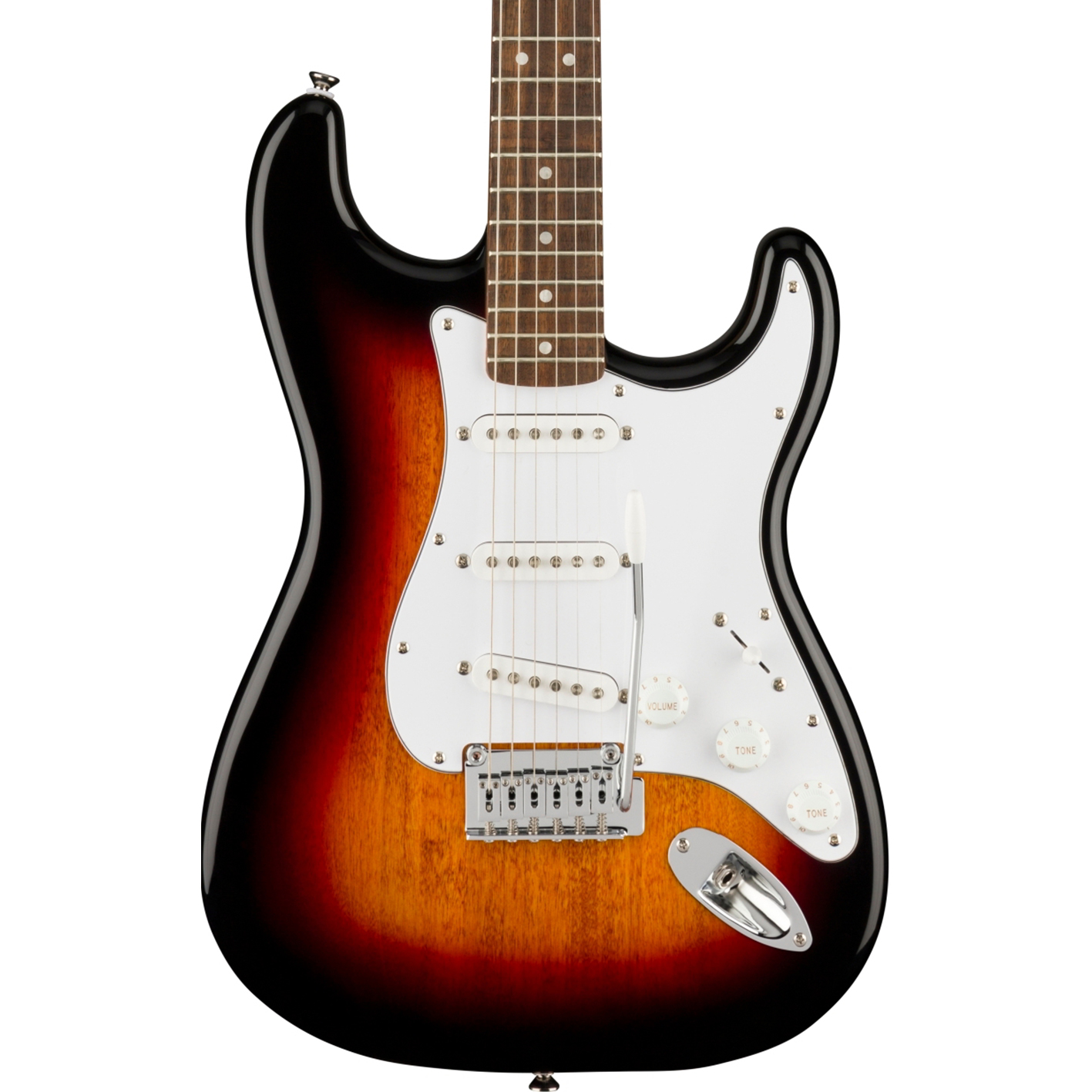
The Squier affinity Stratocaster may be one of the best-selling guitars in the world – often sold as a starter instrument as part of a pack – but that doesn’t mean it isn’t a really solid example of a Stratocaster. It’s got all the features you’d expect from a Strat, including a 2-point tremolo bridge; which is a pretty fun introduction to whammy bars… even if it’s not the most stable. Whilst Squiers of old may not have been perceived as the greatest instruments, that simply isn’t true nowadays. For anybody – beginner or expert – looking for a budget-friendly way to add a Strat to their collection, look no further than this.
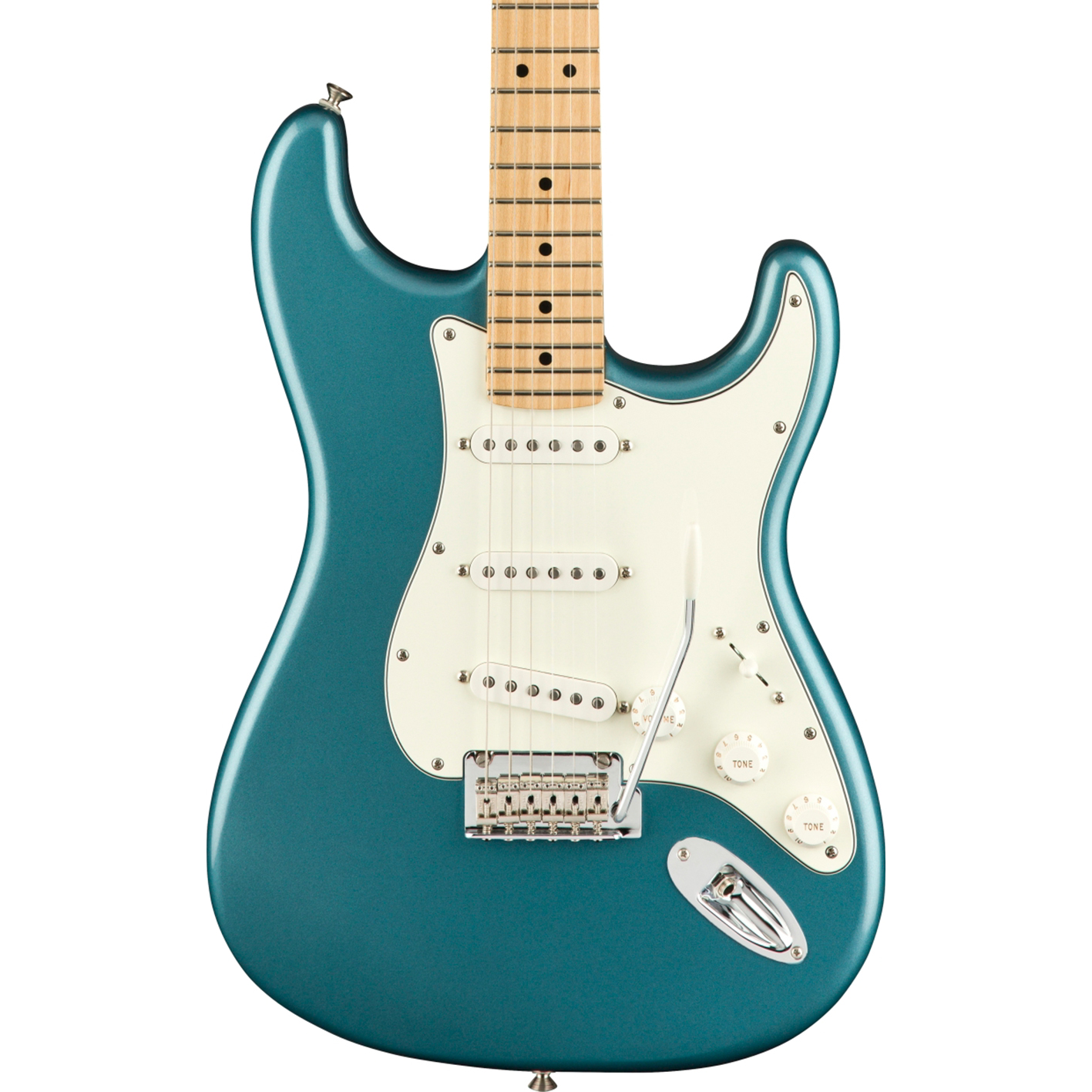
The Fender Player series Strat sits at the base of Fender’s offering (not including their sister Squier brand’s range), but that doesn’t mean it isn’t an extremely high quality instrument. Made in their Mexican factory, it has everything you’d be looking for in a genuine Fender Strat, without having to fork out for an American-made instrument. Every aspect of the range is significantly stepped up from the likes of Squier’s affinity series, including the hardware, where marked improvements to the trem system are particularly noticeable.

At the pricier end of Fender’s catalog, there are more and more options with smaller tweaks here and there to separate their models. Our pick from the upper echelons is the Fender Professional II Stratocaster. It encompasses all the brilliance of classic Strats, with modern adjustments that improve just about every area. The vintage voiced pickups are stupendously nuanced and the feel of the instrument in your hands means you’ll be able to get every ounce of tone out of them. The rolled fingerboard edges make you want to fly up and down the neck, which is easy thanks to the sculpted neck heel for excellent access to the upper frets.
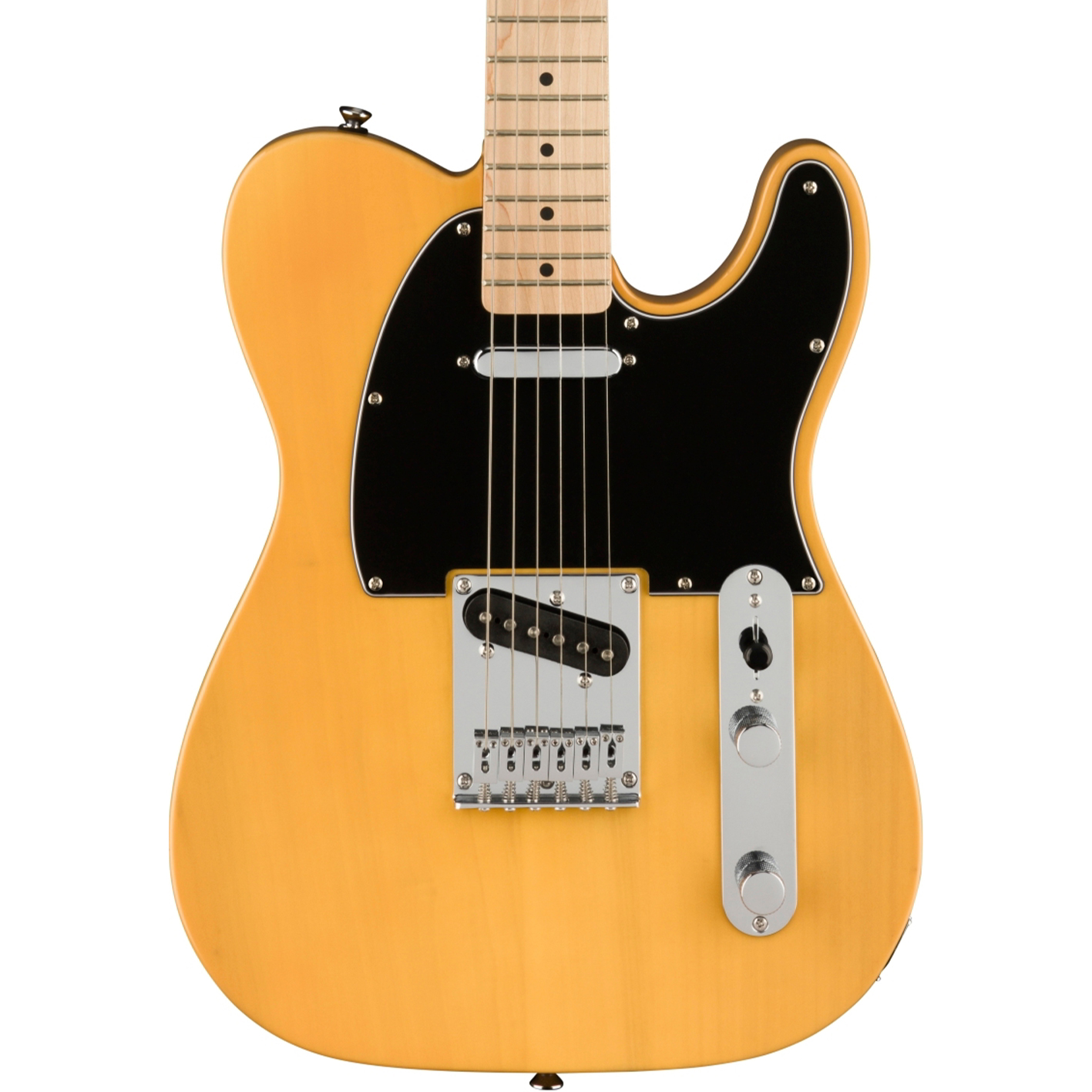
Much like its Strat-counterpart, the Affinity series Tele is often sold as part of a set. Typically, Strats are the go-to, beginner electric guitar guitar shape, but there is an argument that the Telecaster is the more suitable instrument for newbies. With super simple electronics and operation, it’s an ideal guitar for novices, however more advanced players should also consider the Affinity Tele as a project guitar, as it’s simply begging to be hot-rodded with some new pickups.
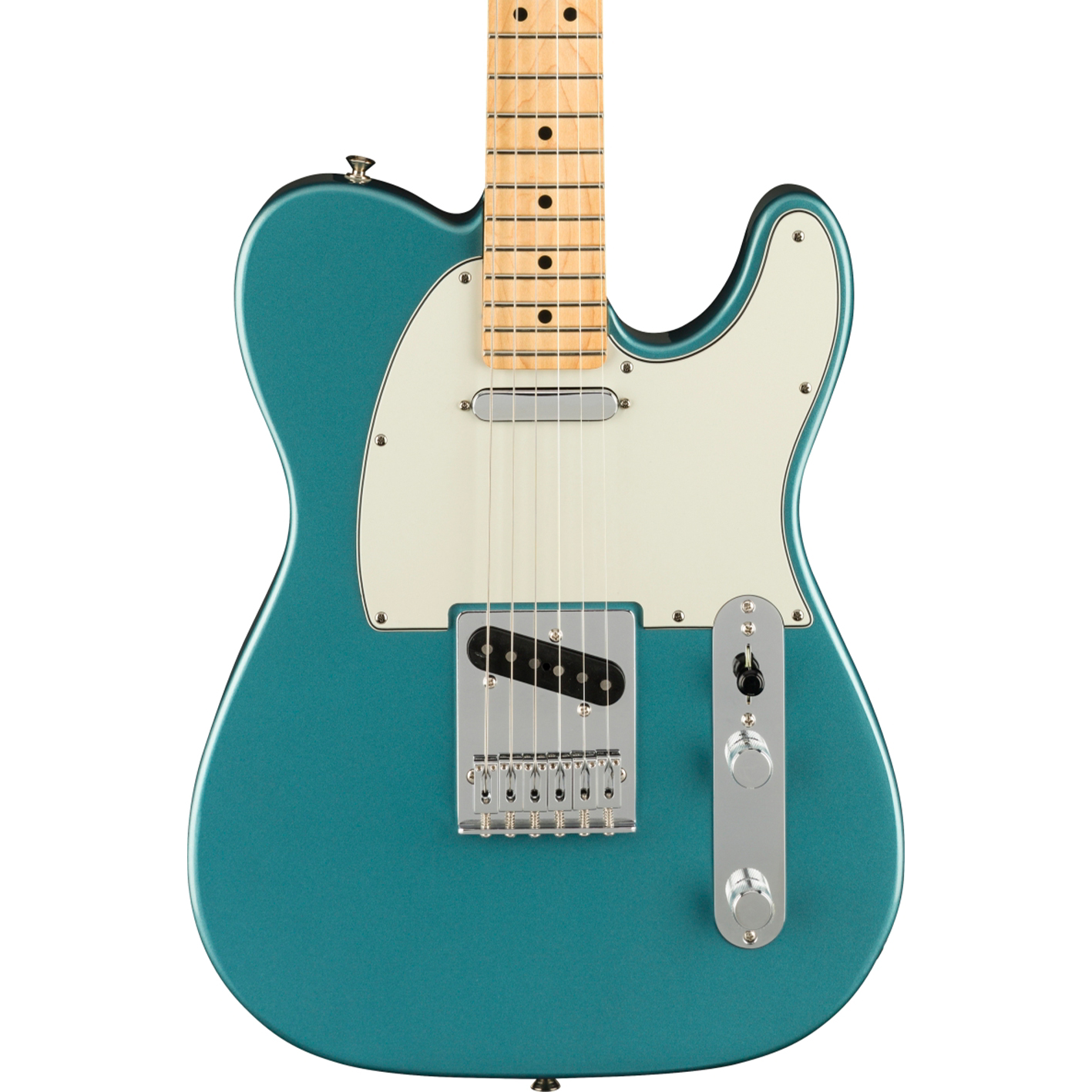
Unsurprisingly, the Player series Telecaster follows the same suit as its 3-pick up brother, in levelling up all of the hardware from Squier siblings. The bent steel saddles are beautiful to look at, and give superb snap to the tone, though may not be for everybody. Like the Player Strat, the satin neck is unctuous and will make you feel at home instantly. The Alnico V pickups do an excellent job of capturing that classic Tele tone, with plenty of bite and edge – particularly on the bridge pickup, which is beautifully balanced – though for a more vintage tone, you may want to look at the Vintera range.
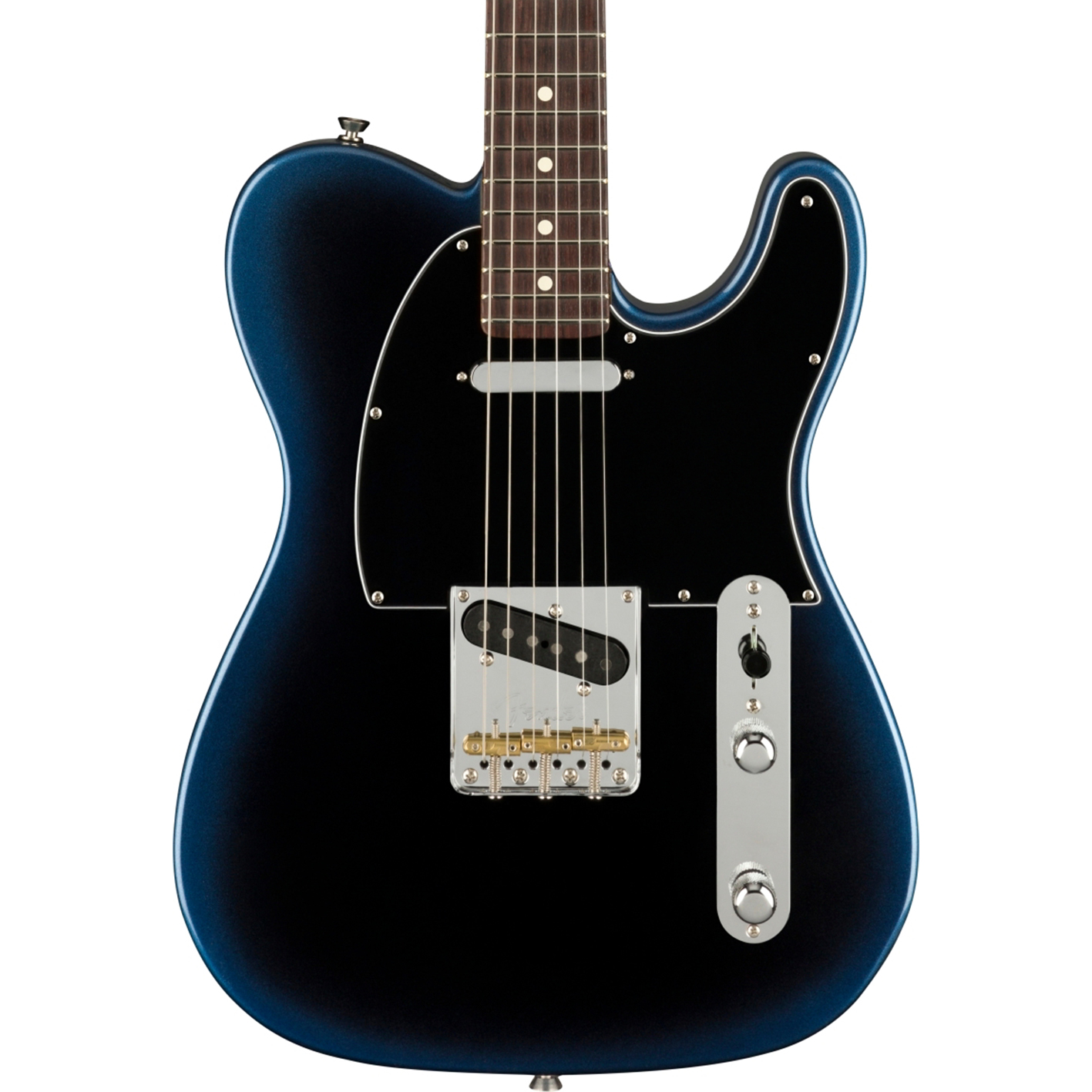
Basically matching the Strat version for features, including the push-push switch, treble bleed circuit and beautiful rolled fingerboard edges, the American Professional II Tele is basically what you’d get if you dreamt up a Telecaster… The difference you notice from the Mexican-made range is the attention to detail. The likes of the brass ‘Bullet’ saddles look sensational and ensure stable intonation and contribute towards the vintage tone. As for the rest of the looks? The paint options are excellent – particularly if you opt for the roasted pine body.
Or you could go Custom Shop...
If you want the best from Fender’s off-the-shelf lineup, the American Professional II series is about as good as you can get. Years of development has led to the American Professional II… Of course, if you desire to go above the American Professional range, you have the Fender Custom Shop, where the pinnacle of Stratocasters and Telecasters are built by master luthiers and a relic finish can set you back an additional $2,000. If the custom shop is just out of reach though, the American Professional II line is sensational.
Connor is a contributor to Guitar World and MusicRadar. Having been a guitarist since the age of 10, he's played bass and guitar in bands across the South West of England. He has a background in audio engineering, having worked in some of the UK’s best studios including Rockfield and Invada, and has a passion for recording guitar. He is always keen to discover the greatest gear for capturing tone, be that microphones, audio interfaces or cab simulators.
